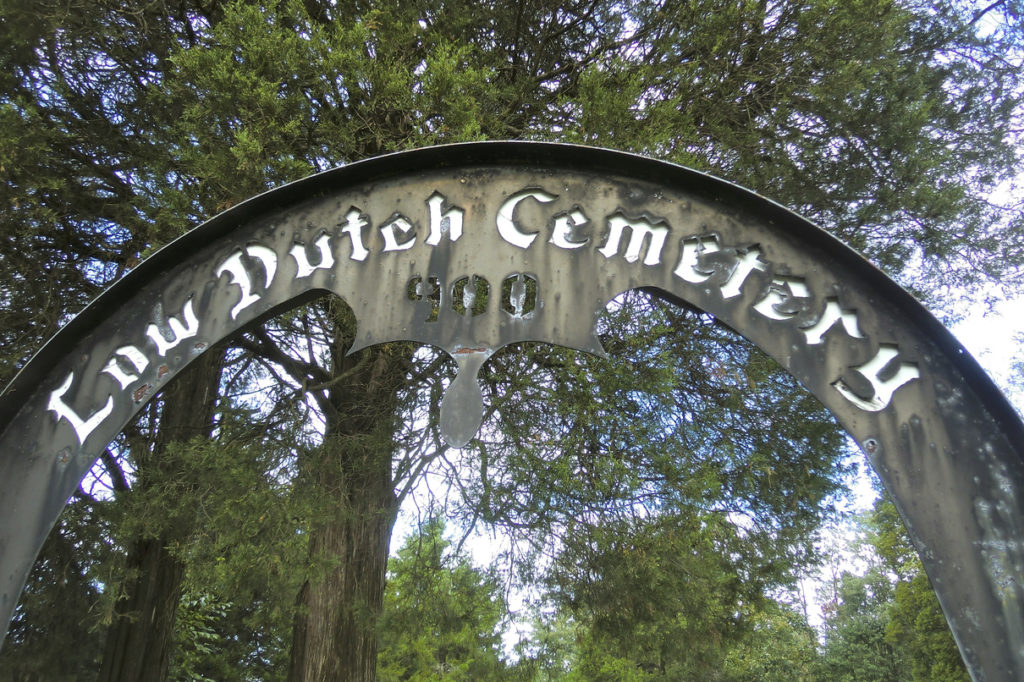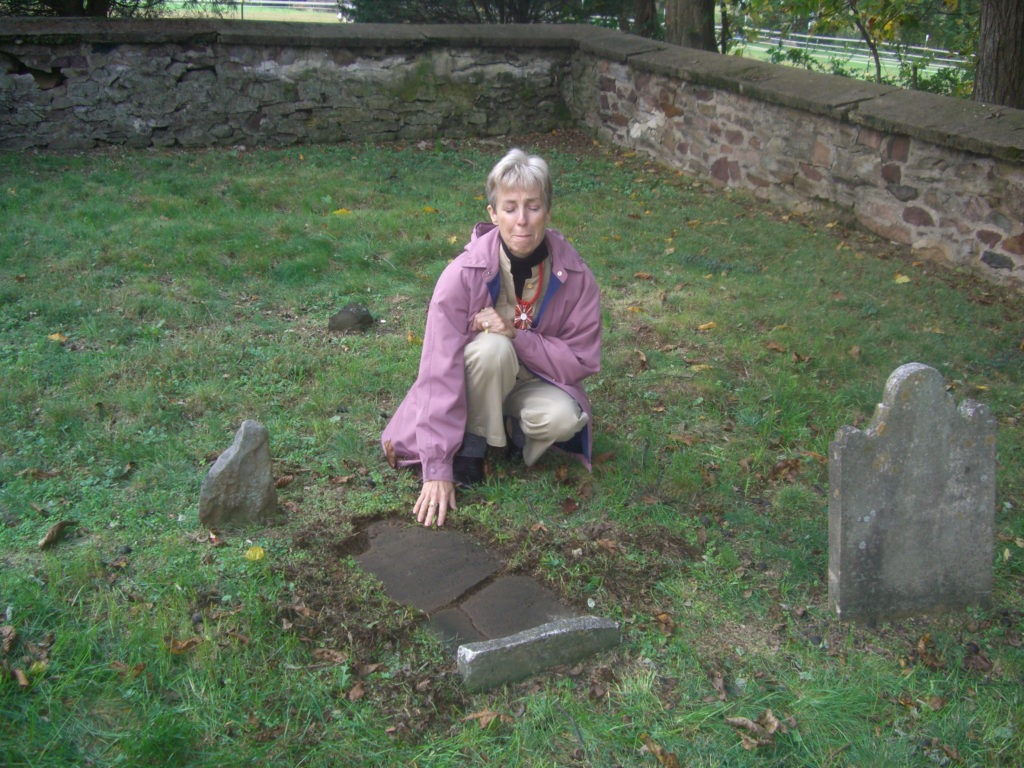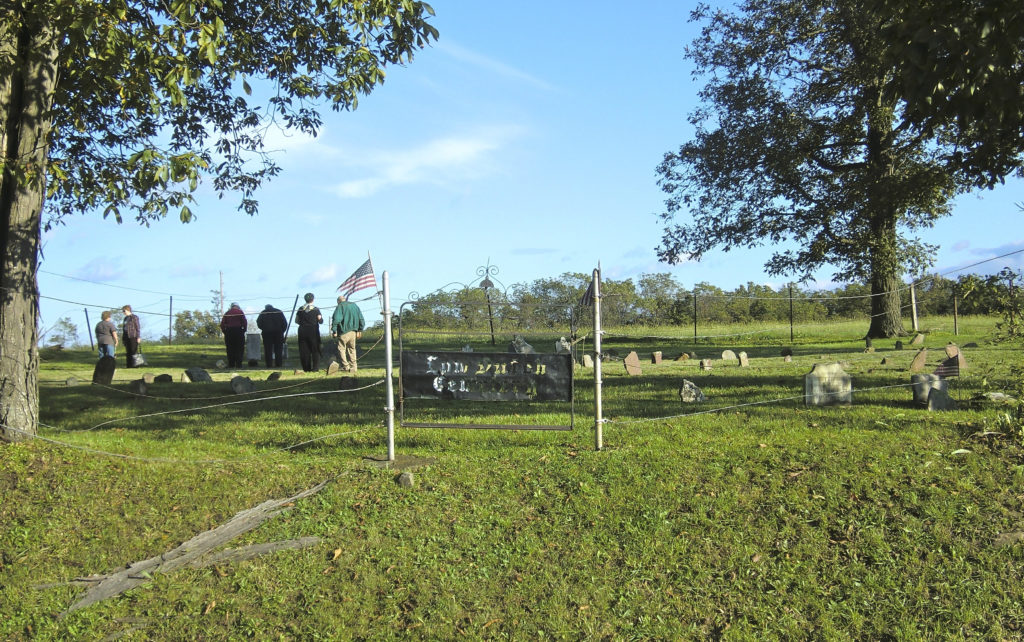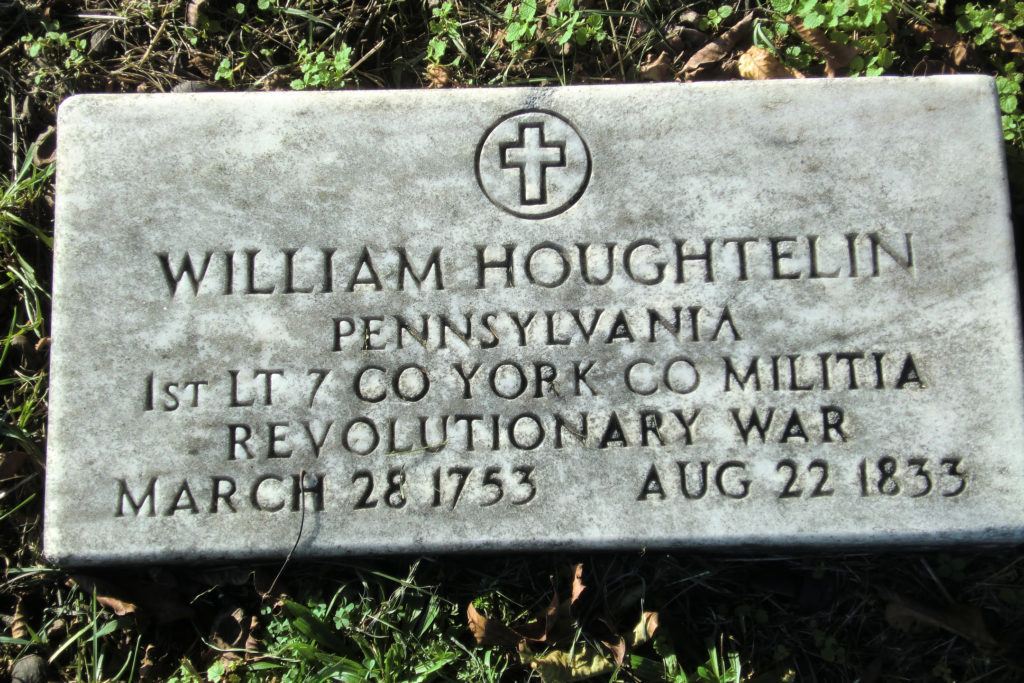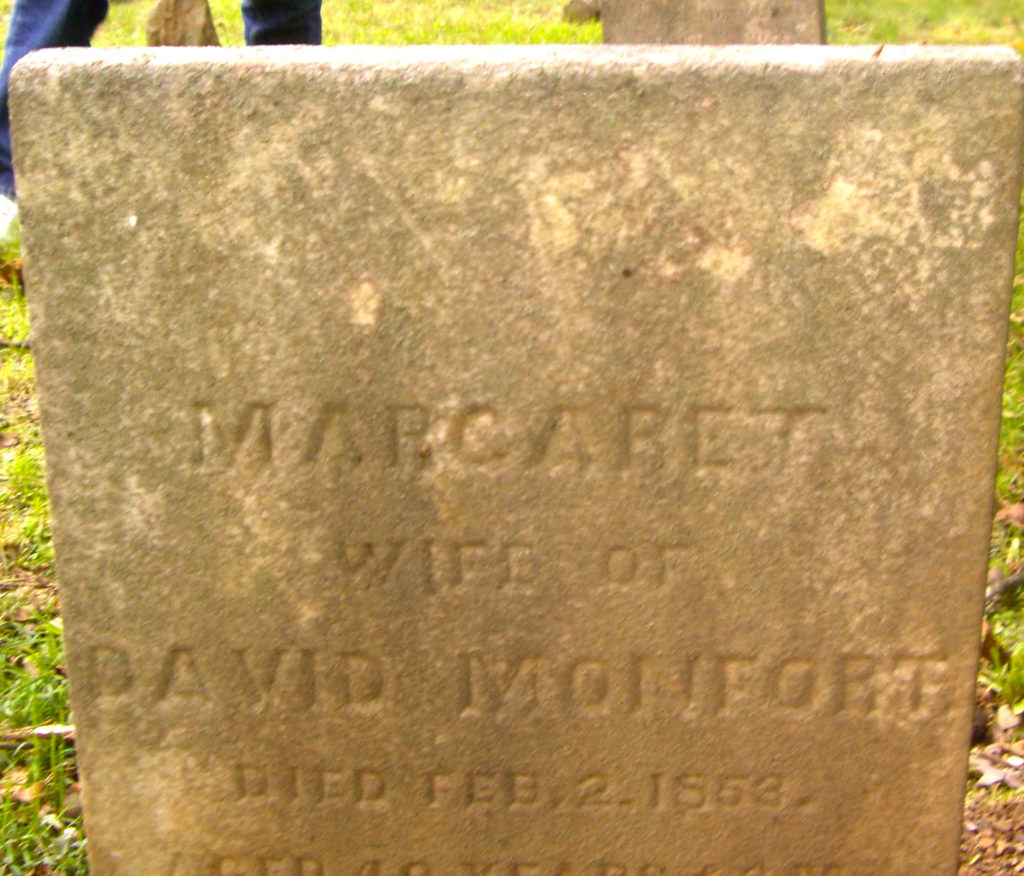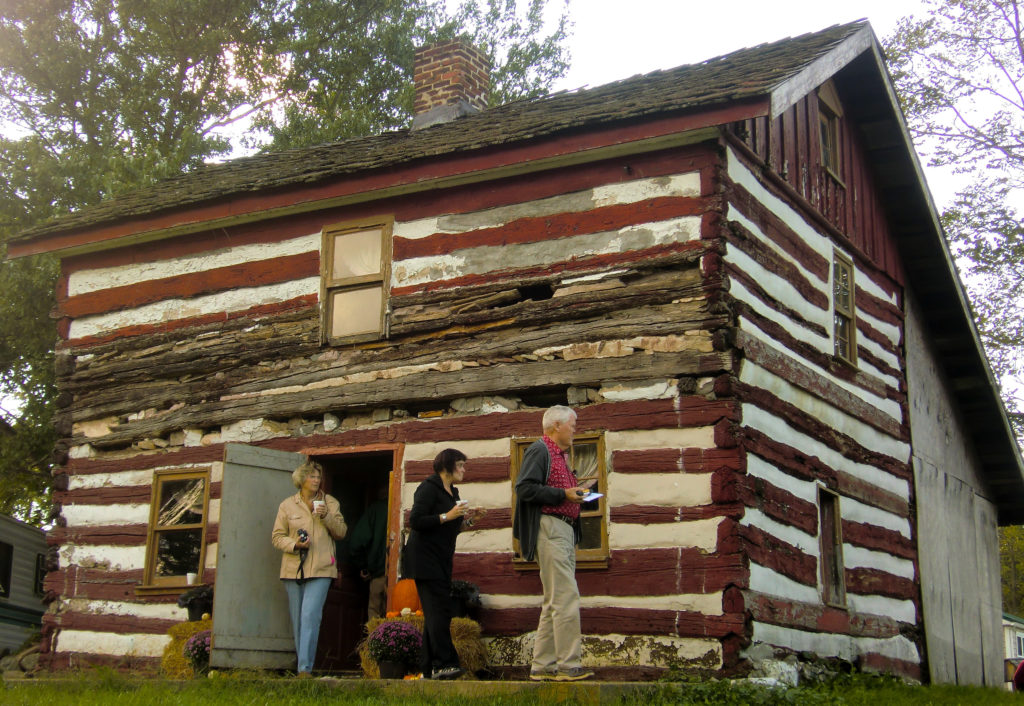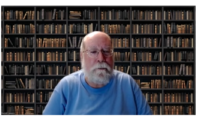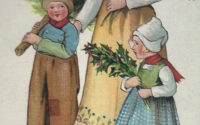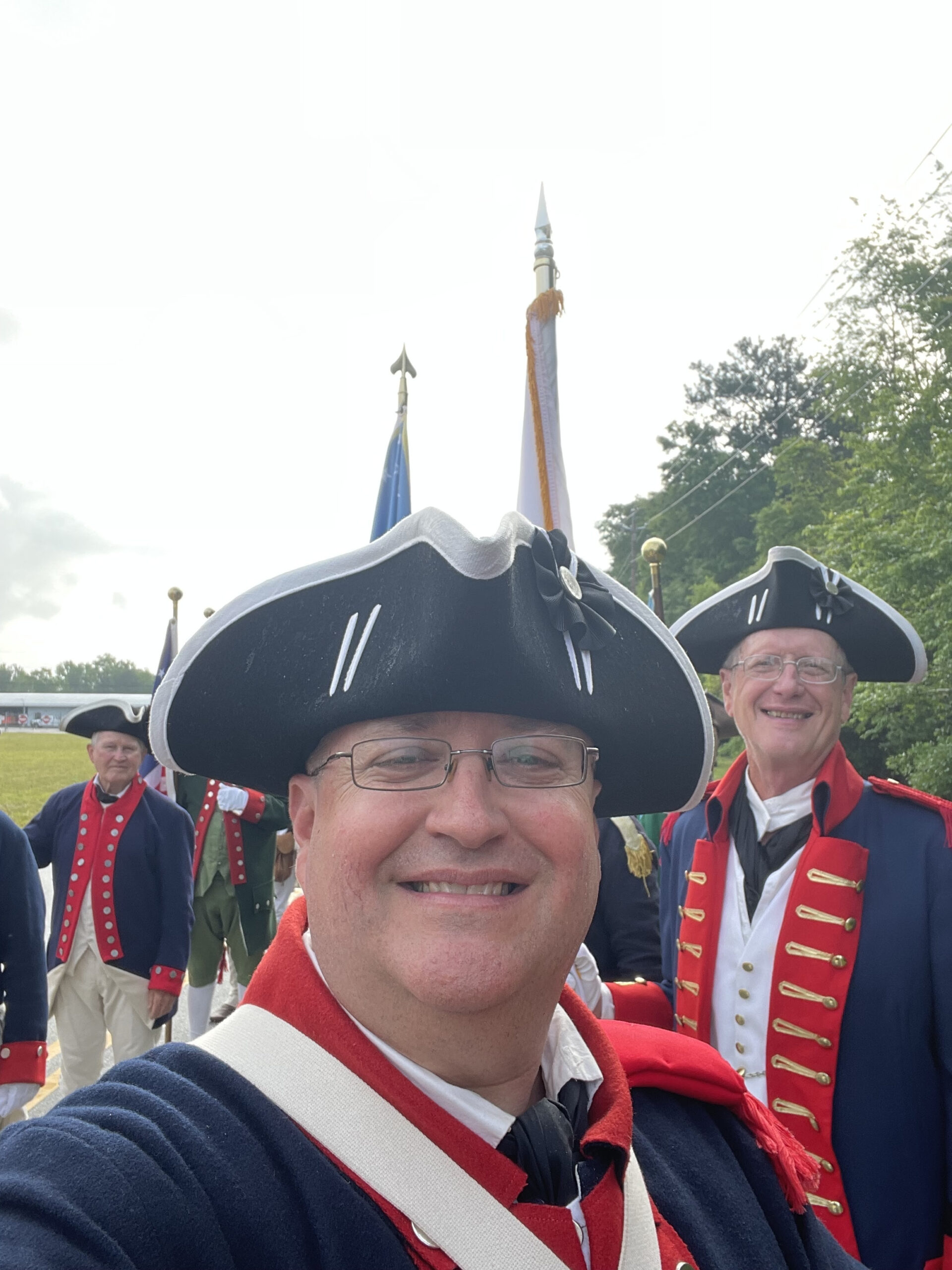What is Conewago?
SENT BY: Carolyn (herself)
More for Tamara and Janice to talk about Monday! Some of these letters have been published earlier, but I tried to collect all the Conewago info here.
What is Conewago and why is it important to us? The bones of our ancestors are there.
Larry Voreis had some good info and photos of Conewago in his book OUR LOW DUTCH HERITAGE, now out of print but available at the Harrodsburg Historical Research Library. And of course, Arthur Weaner’s TAXABLES, THE LOW DUTCH SETTLEMENT OF THE CONEWAGO, York County, is still available from the Adams County, Pennsylvania, Historical Society. I think it is about $15.
In 1768 our particular congregation of the Dutch Reform moved west from the “Jerseys” in a caravan of 150 families, between 700 and 1,000 people, according to the history books. Most were living in Somerset County, New Jersey, where we visited on our 2011 Dutch Footprints tour.
They left their beautiful stone houses and well-tended fields, sold their farmland, gathered at Hackensack, crossed the Passaic, passed New Brunswick and Princeton, crossed the Delaware, and moved on through Pennsylvania to the Conewago valley which was then at the edge of the frontier. Distance from Harlingen, NJ to Conewago Colony, PA was 150 miles as the crow flies, about three hours in a modern automobile. Back in that day of 1768 travel was mostly on foot, carrying a heavy pack. This 150-mile journey took them three weeks, mostly on foot.
Rev. Cozine would be their first official Domine (pastor) of Conewago Colony, now just outside Gettysburg. As was customary with the group, the first order was to build a church or meetinghouse. There were actually two different church buildings, the first next to the cemetery, built on land owned by Henry Banta and then the permanent one built probably around 1783, just next to Rt. 30, They apparently did not move the building, but the congregation relocated. Others went on to Shepherdstown, now in Berkeley Co, West Virginia. As the Revolutionary war was ending, the Dutch began heading west to Kentucky frontier, then a county in Virginia. By 1817 only five Dutch families remained at Conewago. Permission was then obtained to sell the old church building, and with the proceeds build a wall around the burial ground. The sum realized was $288.20. This picturesque cemetery, Banta’s old log cabin, the Low Dutch Road, and a second smaller Southern Low Dutch graveyard– that is all that remains of the huge Low Dutch Colony in the valley of Conewago Creek in Pennsylvania.
———————————————-
SENT BY: Carolyn (herself)
Dear Cousins
Our goal for several years has been to get highway historical markers up to preserve the history of our Dutch Cousins ancestors. This year the DC President, Charlie Westerfield successfully spearheaded the effort of markers in Kentucky and we attended the celebration. Now we need to get going on the Conewago, Pennsylvania project.
I was delighted to hear today from three cousins in different parts of the nation in reply to the most recent Dutch Letters. Responses from cousins have been few and far between the past few months and I was feeling discouraged. Please share your thoughts on the Conewago project, even if you think it is a waste of time!
We are so fortunate that in September, God sent us an angel, Laurel Auchampaugh of New York, who has some special knowledge in getting Historical Markers placed in New England.
Have you seen the terrible condition of our ancestor’s burial grounds at Conewago (near Gettysburg PA)? Here is a look at the northern cemetery. https://dutchcousins.org/2019/11/06/banta-cabin-low-dutch-cemetery/
And here it is on findagrave.com so you can see the list of the 119 identified burials there. I have been trying for years to get the burials identified correctly and to delete duplicates. Click on the name in blue to see what info is known about that person. If you have any more info on one of your ancestors there, please let me know (carolyn). https://www.findagrave.com/cemetery/2386142/memorial-search
The second graveyard, called the “Southern Low Dutch cemetery” is just a few miles away and is not in good condition either. Here is the hotlink to the 58 identified Southern burials: https://www.findagrave.com/cemetery/1222138/memorial-search?page=1#sr-138880024
Donald Lott, a Dutch cousin who had looked after the burial grounds for more than 20 years, retired last year and now the “guardian” is Alan Weaner, nephew of our deceased friend Arthur Weaner. We voted to send a donation to Alan from the treasury, and want to encourage other descendants to do so as well.
Here’s the names currently listed on the committee for the Conewago project. If this place is dear to your heart and you would like to share in saving that history, please reply. Speak up. Stand up and be counted. Let’s save this history for our children.
Larry Voreis
Malcolm Banta
Laurel Auchambaugh
(Dutch Cousins President 2020) Tamara Fulkerson
Alan Weaner
Donald Lott
Russell Gasero
———————————————————
SENT BY: Laurel Auchampaugh
I checked the William Pomeroy Foundation ON THE INTERNET.
They do provide Historic Markers in NY State AND BEYOND, INCLUDING ALASKA.
The grants include the cost of the marker, and post. The recipients must provide the installation.
I am well acquainted with Paula Miller, the Director. She will remember me as we (Owasco) were the only ones to invite her to the dedication ceremony out of 80 markers when they first began the marker grants. They even set up a booth at the New York State Fair. I talked with Paula there.
Please advise me what to do next.
Happy New Year eh?
I want to contact the Pomeroy Foundation in Syracuse NY to see if they provide Historic Markers in Pennsylvania.
I have worked with them , and they have sponsored one in Owasco on a stone schoolhouse.
Your information will be sent to them, if Larry and Malcolm give me permission..
You all might want to check them out on Google
Laurel
——————————————————————
SENT BY: Carolyn herself
I found the sheet Mr Weaner made up for placement of an Historical marker..The proposed text was
HOLLAND DUTCH FAMILIES FROM
NEW JERSEY SETTLED THIS AREA
IN THE LATE 18TH CENTURY AND
REMOVED IN POST REVOLUTIONARY WAR
YEARS TO KENTUCKY AND NEW
YORK. LATSHELL’S TAVERN AND
THEIR CHURCH EXISTED NEAR
THIS SITE. THE WALLED BURIAL
GROUND IS AT 900 SWIFT RUN ROAD.He showed the site he believed to be the location of the church on a present day plate map on the NW corner at the junction of York and Coleman roads
He proposed the site for the marker just to the east of this on York Road ( US 30) where there is an island created from a straightening out of a curve in the right-of-way of the old and new road beds some 18 ft long by 2 foot wide.
Blessings, carolyn.
——————————————————————
SENT BY: Donald Lott
Donald Lott gave me the correct phone numbers for Alan Weaner. Alan is a farmer and does house repairs. He lives in the house where his uncle Arthur lived and we visited in 2010 and 2011. Donald said we would not recognize the interior now. So that means that Alan will have the contacts and know what needs to be done on the repairs of the cemetery wall. Don said there is still a little money in the Low Dutch Cemetery Improvement fund established by Arthur Weaner and others several years ago. He thinks the money is now invested in a trust, but he thinks the repairs are going to be quite expensive and can’t be done until spring. Donald was very ill in December so I hope he has recovered and we will hear more from him.
(From an earlier letter from Donald Lott) You and many of your readers may remember Arthur “Art” Weaner who for many years assisted my father, John K. Lott, in managing the Low Dutch Cemeteries Improvement Fund. Art was a well known and well respected local historian who took particular interest in the cemeteries and led many private and public tours through the cemeteries and assisted many persons who had inquiries about their ancestors buried in those cemeteries. Alan is a nephew of Art’s and has a keen interest in maintaining the cemeteries in good condition and preserving the historical and genealogical value of these properties.
I know that Alan intends to start addressing some of the projects I was unable to get started on, such as making repairs to the stone wall fence around the Northern Cemetery, repairing or replacing the wire fence around the Southern Cemetery, painting/repairing entrance gates to both cemeteries, and repairing some broken headstones. To help accomplish these tasks, I’m sure he’d be most appreciative of any donations to the cause that your membership might be willing to make. For anyone wishing to make contributions to the Low Dutch Cemeteries Improvement Fund, Alan’s address is:
Low Dutch Cemeteries Improvement Fund
c/o Alan Weaner
145 Weaner Road
Gettysburg, PA 17325
email: arwcbw@gmail.com
——————————————————————
SENT BY: Alan Weaner
We have about 9K for both cemeteries. Don was paying 2K a year just in mowing fees out of his own pocket.
Adams electric gave us 150 dollars toward the light bill. (20 a month)
No other money has been given all year.
I was to have an eagle scout work on the lower one. His project hasn’t been approved yet.
I have a list of 4 lawn mowers that volunteer their time and equipment to help mow the places.
Cemetery on swift run. (with wall that needs fixed) Trying to find folks not scared of snakes.
Church of latter day saints offered teen group help, I had a mason I talked to, for get in contact with the church of lds, in october. Didn’t hear a word back on this group project. .
——————————————————————
SENT BY: Carolyn herself, some early info about Conewago
Joris/George Brinkerhoff, his wife Martina Bogart and their seven sons removed from their farm near Schraalenburgh, Bergen County, New Jersey to Conewago about 1770 settling on 525 acres in Straban Township, York County, Pennsylvania. Joris/ George Brinkerhoff, the largest slave owner in the Conewago congregation, was taxed on six slaves from 1780-1783. His youngest son George was the first ordained minister chosen from amongst the members of the congregation at Conewago and served from 1786 to 1790. John G. Brinkerhoff, the son of John Brinkerhoff, grandson of Joris, read a sketch about Joris at the Brinkerhoff Family reunion, 24 August, 1884, which gives great insight into the life of Joris and probably the lifestyle of other members of Conewago. “Like most men of property in those days he was the owner of Slaves, but before his death he provided for the freedom of them all. He was representedpresent at worship and in times of calamity or sickness, would have special prayers. All hands from shops, fields and farm (they did their own blacksmithing, spinning, weaving etc.) would have to drop their work and be present. Often I heard my grandfather (John) say that after six months into the (Revolutionary War) army he returned home in a furlough, the old gentleman would have him off again, saying he could get along fine with the slaves of which he had quite a number.”161
The Act of 1780, Provision #4, is reflected in the following document of Joris Brinkerhoff executed 23 August 1803 which stated: “Whereas my mulatto man JONE age twenty four years, two months and nine days and my mulatto man JIM aged twenty three years and seven days and my mulatto girl LEAN aged eighteen years and eleven days were all born as servants to me, I, George Brinkerhoff, Senior, of Strabone Township of Adams State of Pennsylvania do, for value received, assign all my right and title of the foregoing servants until they come to the age of twenty-eight years and no longer, to Gilbert Brinkerhoff and Henry Brinkerhoff both of Mount Pleasant Township, County and State aforesaid.”162
Joris Brinkerhoff died at age 91 on 3 January 1810. His will, written 22 June 1803 stated that “his three old slaves, SAM, NICK and POLL were given their liberty and freedom from slavery and they also receive their beds, bedding, clothes and household furniture.”163 This was in compliance with Provision #4. He knew to the day his slaves were born and this information was probably recorded in his Bible. Clearly his relationship with them was not one of disinterest, he was concerned about his slaves and their future. They and the three mulatto slaves mentioned in the document dated 23 August, 1803, may have been related to him as well. The fact that his slaves had been provided with what appears to be some kind of separate housing with furniture and household goods indicates the type of slave holder he was.
When the death of a family slave occurred at Conewago they were most likely buried on the family farm in unmarked graves. While both a Northern and Southern cemetery was created at Conewago for members of the congregation, the burial location of their slaves is relatively unknown excepting for the Brinkerhoff slaves. Joris Brinkerhoff warranted 192 acres in Straban Township, 25 February 1789, surveyed 2 May 1788 and at one time the “Brinkerhoff Slave Cemetery” existed on this tract.
158 Will of Peter Cousine, York County Archives, 150 Pleasant Acres Rd., York, Pa. 17402, Archives documents filed alphabetically.
159 Weaner, Taxables, The Low Dutch Settlement of the Conewago, York County, Pennsylvania 1762-1779 (1997):30; Will of Peter Cousine (Cozine),York Co. Pa. Wills, Vol. E:37; Will of Cornelius Cozine, Mercer Co. Ky. Will Bk:1:14-17; information courtesy of Vince Akers, Indianapolis, In.
160 Weaner, Taxables, The Low Dutch Settlement of the Conewago, York County, Pennsylvania 1762-1778 (1997):31.
161 Richard Brinkerhoff, The Family of Joris Dircksen Brinkerhoff, 1638 (New York City: self, 1887):36. 162 Brinkerhoff, The Family of Joris Dircksen Brinkerhoff, 1638 (1887):37-38.
163 Brinkerhoff, The Family of Joris Dircksen Brinkerhoff, 1638 (1887):32-38.
——————————————————————
SENT BY: Laurel Auchampaugh
The Owasco NY group of Dutch from Conewago. The Owasco Group came by wagon train led by Jacob and Roeliff Brinkerhoff in 1793.
——————————————————————
SENT BY: Judi CassidyAn excerpt from Judith Cassidy’s book, The Low Dutch Slave Trade
Page 54: John Brinkenhoff Warranted 300 acres 17 November, 1786 which was Surveyed 5 December 1787 called “Prospect” a slave cemetery site.”164 It is possibly the same cemetery. The cemetery was located along a field fence several hundred feet due east of the house on the farm once owned by Richard Flickinger. Unfortunately that cemetery no longer exists.165 Joris and his wife are buried in the Conewago Cemetery (NOTE from Carolyn: The north Low Dutch cemetery near Gettysburg). Reverend George Brinkerhoff, their son, ordained October 1788-89 and the last permanent minister at Conowago was reassigned in October of 1793 to Kekiet and Rampo under the jurisdiction of the Rev. Classis of Hacksensack and later to Genesee County, New York.166 Joris’ sons, Jacobus, Luke and Roelif, left Conewago for Oswego and Niles, Cayuga County, New York in 1796 with several other Conewago families probably taking their slaves with them, later building a Reformed Dutch Church at Owasco, New York.167
——————————————————————
SENT BY: Dirk Mouw
Hi Carolyn,
You were asking if anyone had information about the Conewago Colony on our DAG conference call.
I might be able to help a little.
The Historical Society of Pennsylvania has a transcription of the Conewago Church records–mostly deacons records and baptismal register, if I recall correctly. The handwritten transcription was made by a Demarest (HSP thinks it was made by Rev. David Demarest, I think it was made by J. K. Demarest); the original church records are not to be found. HSP’s transcription can be found under “Conewago DRC; Reformed Dutch Church Records.” HSP might have information about the church graveyard and/or Revolutionary Soldiers buried in Adams County too, but I’m not entirely certain.
The Holland Society of New York also has a transcription of the original records and I think the LDS has a microfilm of that transcription available to rent.
A. Van Doren Honeyman published the baptisms in the Somerset County Historical Quarterly; he included a short history of the church/colony. “The Conewago Colony–Baptisms 1769-1793,” SCHQ 4(1915): 267-281
My notes say that J.K. Demarest wrote a history of the Conewago colony that was published in the in the Gettysburg Star in 1884. I have not seen this article.
I’m pretty sure you know about this article but if not, it includes information about the Conewago Colony as well:
Corwin, Edward Tanjore. “The Old Mud Meeting House, Salt River, Ky.” Christian Intelligencer, 20 March 1901.
If you have not seen it, Russ Gasero might have a digitized copy. I have a barely legible copy as well.
I hope some of that might be useful.
Best,
Dirk
——————————————————————
SENT BY:Charles Vanorsdale
Hi Carolyn,
Several years ago, I published some material on the Conewago settlement in The Vanguard. Here is an excerpt of one article that appeared in the December 2002 issue. (I will send a copy of the 1765 Conewago deed to Abraham Van Arsdale later.)
Charles Vanorsdale
The migration to Conewago, the community near present-day Gettysburg, PA in Adams (then York) County was discussed in the first Vanguard (vol. I, no. 1, p. 1). Although they were among the first to settle the Dutch colony, the van Aersdalen family’s migration appears to have taken place not en masse, but over a ten year period.
In the article “The Voorhees Family and the Low Dutch Colony of Conewago” (Van Voorhees Nieuwsbrief, Vol. 20, no. 1, p. 9), Larry Michael Voreis states, “The movement to the western frontier started in 1730 when the Governor of Virginia offered inducements to attract settlers to the Shenandoah Valley. Land speculators were hired to circulate among the New Jersey Dutch and Pennsylvania German settlements, using the lure of large quantities of cheap farmland to start the migration to Virginia.”
Another source (Frederick County, Virginia: Settlement and Some First Families of Back Creek Valley, 1730-1830, Wilmer Kerns, Gateway Press, Baltimore, 1995: pp. 6-9) adds that father and son John and Isaac Van Meter, Dutchmen from the Western Precinct of New Jersey, petitioned the Governor of Virginia for 20,000 acres of land to settle their families plus at least ten more. They were told that they could have 40,000 acres if they could settle 200 families along the Shenandoah River. German Jost Hite was brought into the picture to help attract German settlers, and the Van Meters eventually reassigned their grants to Hite in 1731. “In the wake of the movement to Virginia, settlers from New Jersey were drawn to the settlement of York , located astride the Great Wagon Road that led west from Philadelphia, forded the Susquehanna and passed through the settlement at York before crossing the Appalachians and turning south toward Hagerstown, eventually entering the Shenandoah Valley at Frederick Town (later Winchester, Virginia)” (Voreis, p. 9).
Additionally, researcher Judy Cassidy notes that in the Somerset County Genealogical Quarterly, vol. 5, no. 4, p. 430 there is a discussion of the “Depression of 1765” which impacted New Jersey residents and agitated a movement from the area. This depression resulted from a “scarcety of circulating cash, the failing of the last summer and winter crops, the severe and consuming hard winter” in addition to escalating debt, depressed property values, and the rising rate of debtor imprisonment. A petition was created, addressed to Governor William Franklin, and signed mainly by inhabitants of Bridgewater Township, Somerset County. Those signing the petition included George Davis, Abraham Dubois, Folkert Sebring, and Stoffel Probasco, among those with identified ties to the Van Arsdalen line.
In the early- to mid-1760s, brothers Cornelis4, Johannis4 and Isaac4 van Aersdalen (sons of Jan3 Cornelisz) were in the Shepherdstown, VA (now WV) area, apparently scouting for great-uncle Jacobus Vander Veer. (Jacobus was a wealthy man in part due to his acumen in land speculation. His will, proved February 17, 1777 {NJW 539R, Lib. 18, pp. 559 & 588} enumerated the disposition of over 1800 acres of land in New Jersey and about 1000 acres of land in Virginia, in addition to a number of lots, tracts, and houses. Two of his sons, Jacob and Lawrence, lived in Berkeley County in the late 1700s.) Only 50 miles to the north lay the fertile rolling hills of the Conewago area, already populated by the Scotch-Irish and the Swiss-Germans. Coupled with the enticement to settle the Virginia-Kentucky frontier by Hite and the Van Meters and the depressed economy in New Jersey, the favorable reports from the van Aersdalen brothers were eagerly received. Around 1766 (based on church records), the three brothers and their cousins Cornelis4, Simon4 and Abraham4 van Aersdalen (sons of Simon3 Cornelisz) headed to Conewago, possibly with the patriarch Simon Cornelisz, then almost 70 years old, at the head of the family migration.
——————————————————————
SENT BY:To stay in touch, we mainly use our official website, www.DutchCousins.org, and the weekly or so Dutch Letters email sent through MailChimp mailing service. The email goes out to almost 1,000 addresses – and I know it is passed on to others who do not use computers, and is posted at some libraries. The letters are also archived on the website.
SENT BY: Carolyn Leonard
Editor, Dutch cousins of Kentucky
E-mail me: CarolynLeonard@me.com
On my web page www.CarolynBLeonard.com
Dutch letters are archived on our official webpage, www.DutchCousins.org by Pam Ellingson
Barbara Whiteside has a facebook page that you may find interesting, Dutch Cousins in Kentucky
